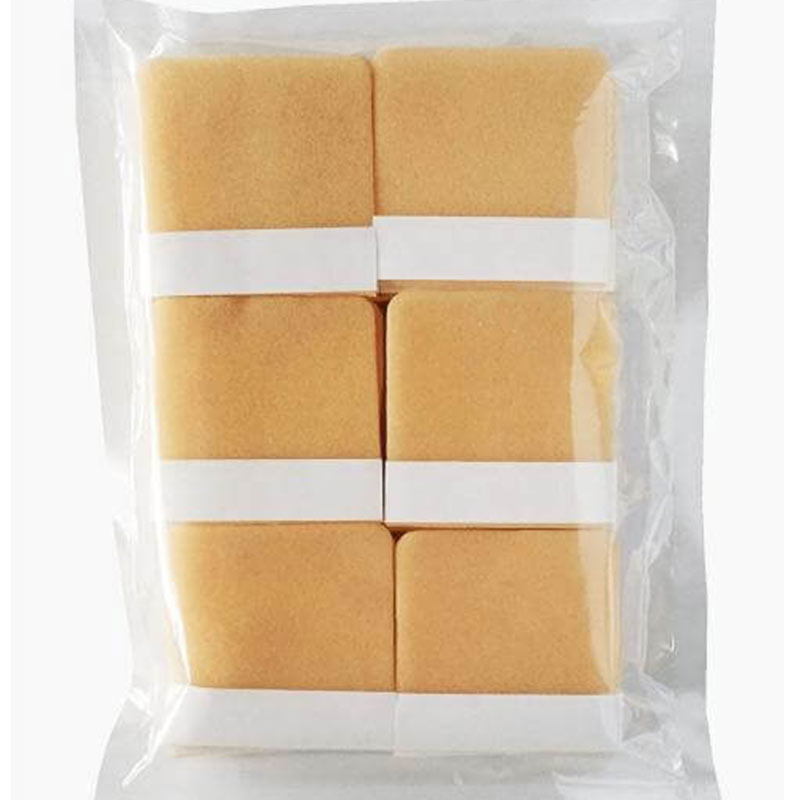Breathing During Showers for Laryngectomee
You can wear an unique cover that is developed to keep water far from the stoma and safely breath during showers!
What is Laryngectomy. Laryngectomy is the surgical elimination of the throat.
The person who has the procedure is called a “laryngectomee”.
The larynx is the “voice box” or the singing cords, which vibrate when the air travels through them during exhalation, and the parts of our mouth generate this sound that our language produces.
If the larynx is removed, no speech sounds can be made.
It is possible that with a partial laryngectomy, the voice will be different from what it was before surgical treatment, and it might be harder for people to understand.
Breathing during showers for laryngectomees is a crucial aspect of daily life, and it’s important to take necessary precautions to ensure safety and comfort. Here’s some information and tips to help make showering a manageable and enjoyable experience:
Understanding Laryngectomy:
- Laryngectomy is the surgical removal of the larynx or voice box.
- Individuals who undergo this procedure are called laryngectomees.
- The larynx is responsible for producing speech sounds, and its removal results in the loss of natural speech.
- After laryngectomy, a stoma (hole) is created in the neck to allow breathing.
Showering Precautions:
- It’s essential to prevent water from entering the stoma during showers, as it can lead to complications.
- Special covers or guards are available to keep water away from the stoma. These can be worn during showering to ensure safety.
- Bathing in a tub is generally not recommended, but if chosen, the water level should not exceed the navel to avoid water entering the stoma.
Tips for Showering:
- Use accessories like foam filters, stoma coverings, or bibs to cover the stoma and prevent water entry.
- Some individuals may find it helpful to cover the stoma with their palm or use stoma guards while showering.
- Adjust your showering technique to minimize water exposure to the stoma. This may include bending forward, facing away from the showerhead, or using handheld shower attachments.
- If water accidentally enters the stoma, coughing can help expel it. However, if symptoms like fever or chest pain occur, seek medical attention promptly.
Aspiration Risks:
- Aspiration of foreign objects or substances into the stoma can be dangerous and lead to respiratory complications.
- It’s crucial to avoid using thin tissues or paper towels near the stoma to prevent aspiration.
- If aspiration occurs, stay calm and try to remove the object with forceps or coughing. Seek emergency assistance if necessary.
Join Support Groups:
- Consider joining support groups or communities for laryngectomees, where you can connect with others facing similar challenges and share experiences.
- These groups can provide valuable advice, resources, and emotional support for coping with life after laryngectomy.
Conclusion: Breathing during showers for laryngectomees requires careful attention and precautionary measures to ensure safety and well-being. By following these tips and seeking support from healthcare professionals and support groups, individuals can navigate showering with greater confidence and peace of mind.
We hope these suggestions help enhance your showering experience and promote overall well-being. If you have any questions or concerns, don’t hesitate to reach out to your healthcare provider or support network.
We hope these tips are helpful and you have safe showers/swimming experiences.
See some of our Stoma Care Products and Labex Electrolarynx Devices!
Please consider joining our Labex Support Center for Laryngectomee FB group:.
https://www.facebook.com/groups/801546370394224.


